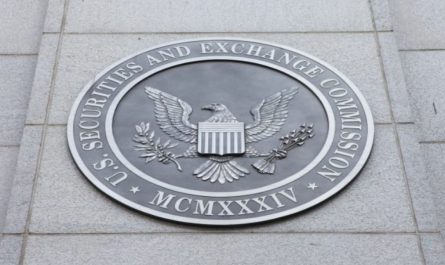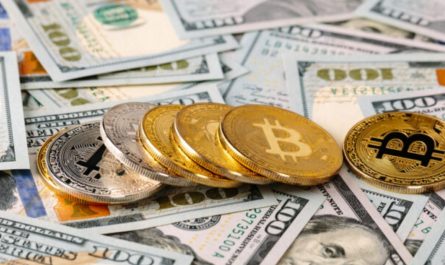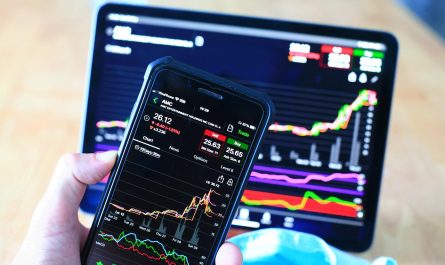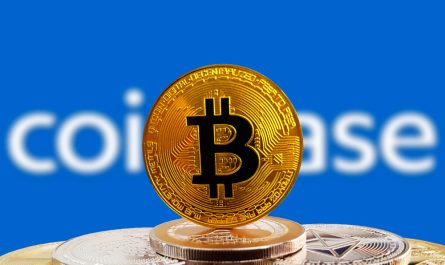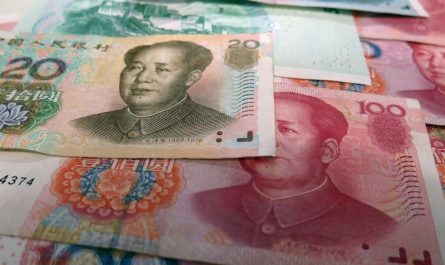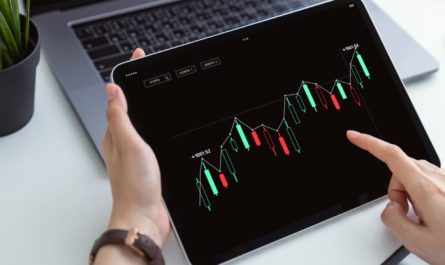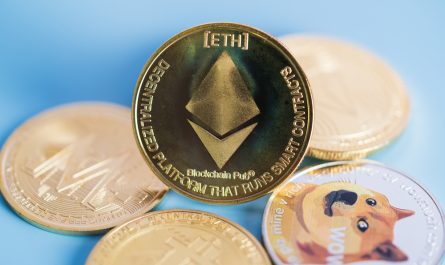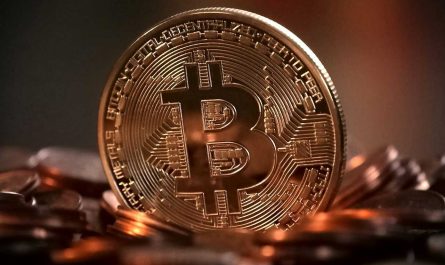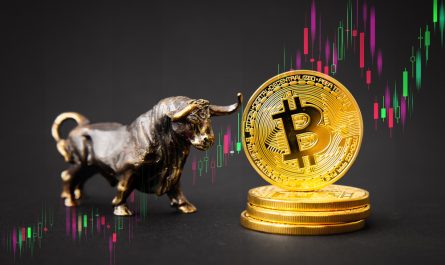The US Federal Reserve’s decision on Wednesday caused the EUR/USD currency pair to hit its highest level since April of the previous year, at 1.1034. The markets, however, were in no way relieved before the release of the ECB’s decision Thursday, which caused the value of the Euro to decline.
Additionally, the US January Nonfarm Payroll data was issued on Friday, which led to the EUR/USD closing at 1.0810.
FED and ECB Rate Hikes
The US Federal Reserve raised the introductory interest rates by 25%, indicating that the continuous rate hikes were adequate. In addition, FOMC released a statement that revealed recognition by decision-makers of the reduction in inflationary pressures. The statement read, “The rise in prices has moderated to some extent. However, it is still at elevated levels.
However, the US central bank didn’t indicate an end to its tightening policy. Instead, Jerome Powell emphasized that the task needed to be completed, stating that despite recent positive developments, there was still a need for more substantial evidence to confirm a lasting downward trend in inflation.
Nevertheless, during the briefing, Powell acknowledged signs of easing inflation. As a result, the value of the USD fluctuated between rises and falls, ultimately declining in response to Powell’s optimistic remarks that hinted at fewer governmental inflation measures.
As expected, the European Central Bank raised its interest rates by 50 basis points. The ECB also declared that it would increase the rates by another 50 basis points in March to pre-empt market speculation.
Despite this, Christine Lagarde, the President, emphasized that these determinations would be made as they meet in the future and contingent upon available data. The financial markets interpreted this as a sign that inflation was ending, although Lagarde denied this and stated that progress was still to be made.
Despite the messages from the central banks, the market responded to its assessments with expectations that monetary tightening would end during the first half of 2023. As a result, stock markets rose as investors sought out leading assets, leading to a decline in the US dollar value. In addition, technology-related shares drove the market higher, receiving additional support from better-than-expected company results.
US Nonfarm Payrolls Report and German GDP Report
Participants in the market were taken off guard when the US Nonfarm Payrolls report was released last Friday. According to the data, the nation created 517,000 new employees in January, with the December total revised to 260,000.
In addition, the unemployment rate dropped to 3.4%, the lowest level since May 1969, and average hourly wages dipped to 4.4% YoY from 4.9%, the prior and expected level. Finally, surpassing market expectations, the labor force participation rate rose to 62.4% from 62.3%.
As a direct result, wagers on the Fed cutting rates in 2023 decreased, the US dollar surged, and Wall Street declined. In addition, the recent publication of German macroeconomic statistics has raised concern. The preliminary estimate of the Gross Domestic Product (GDP) for the fourth quarter of 2022 showed an annualized growth rate of 0.5% and a quarterly loss of 0.2%.
This number falls short of the 1.1% that market participants had anticipated. Additionally, the nation reported that retail sales fell by 5.3% MoM in December. Even while other statistics show that the general situation has improved, there is still a chance that the economy will suffer a setback.




